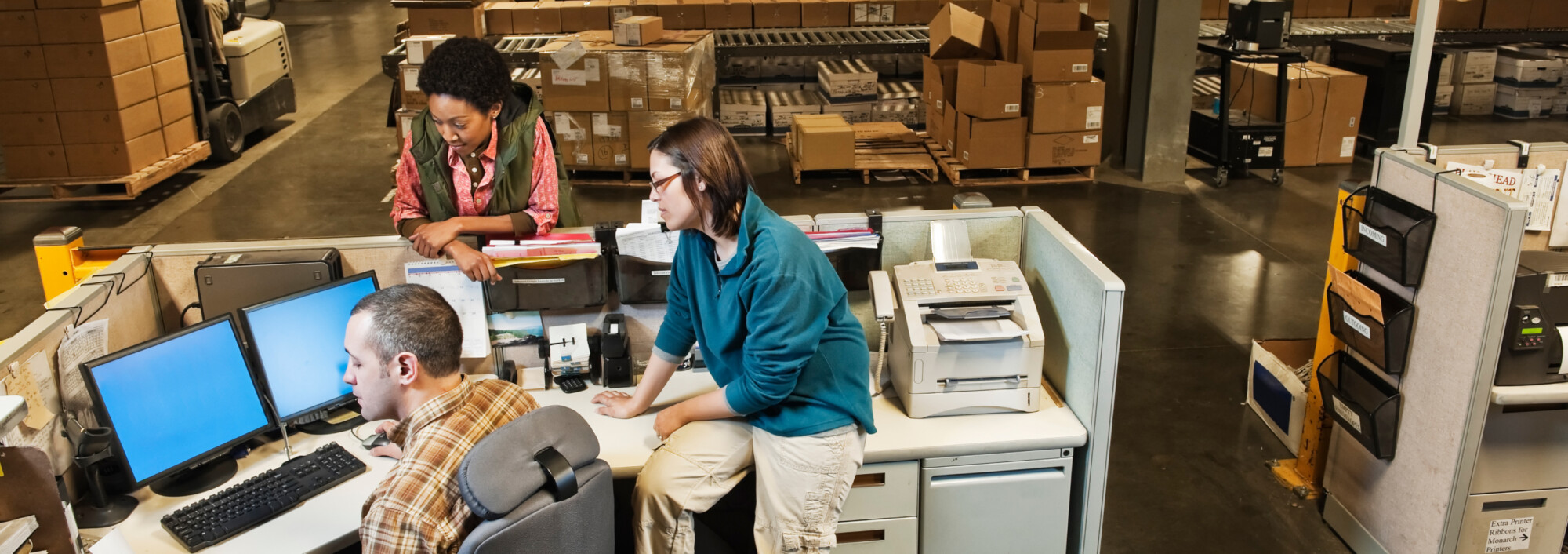
The Truth About AI And Jobs: Human Work Is Shifting, Not Vanishing
This article originally appeared on Forbes Business Council.
Peruse any AI news over the past year, and you’ll pretty quickly stumble on alarming headlines positioning AI as a people-replacer. Earlier this year, Dario Amodei, CEO of AI company Anthropic, estimated that AI could wipe out half of all entry-level white-collar jobs and spike unemployment to 10% to 20% in the next one to five years. Amodei is not alone. The consensus among many tech executives is that AI is poised to replace countless white-collar jobs, with some predicting that the human workforce will become obsolete before we know it. Several of these headlines have already come to fruition. In May, Microsoft announced that it would lay off 3% of its workforce, with software engineers and project managers being the most affected roles.
While there’s some truth to these headlines, they also miss half the picture. AI may continue replacing workers in certain roles, but it is more likely to complement its human counterparts, especially when integrated appropriately. To this end, I believe that business leaders should emphasize effective and ethical collaboration between humans and AI.
The Reality Behind The Headlines
Replacement narratives tell a gripping story, but they focus on serving the interests of those who will benefit most from accelerated adoption. Not surprisingly, these are often the very individuals who are building AI tools. Suddenly, business leaders across industries are warned that if they don’t soon begin replacing their employees with AI, they’ll fall behind. Again, there’s some truth to this for certain industries and roles, but these stories are singularly focused. They simply don’t paint a clear picture of the future workforce.
As AI becomes the norm in our everyday lives, it will require human collaboration and oversight. AI is not equipped with the kind of critical thinking and ethical considerations needed for decision making that impacts people. The way that you leverage AI will vary based on your business, but it should never be a “set it and forget it” type of tool.
At my company, we utilize various AI tools for everyday repetitive tasks (things like compiling data, ideating concepts and inventory analysis), but everything we do still involves (and will continue to include) the human touch. This means that it’s all performed under the guidance and judgment of our team members to validate accuracy and relevance, identify misuse and avoid bias.
I think it’s worth noting that plenty of business leaders are having meaningful discussions about AI governance, but these voices are so often overshadowed by replacement stories. This oversaturation of the same narrative raises additional concerns. It has the damaging potential to produce a lack of awareness, misunderstanding and confusion around what human and AI integration should—or could—look like. In a nutshell, we’re missing half the picture—the half that will hold AI accountable when it hallucinates, makes faulty recommendations and produces damaging outputs.
Avoiding The AI-Everything Trap
In the age of AI-everything, it can be tempting to adopt the latest tools without thinking about whether or not they’re a good fit for your organization and what you’re trying to achieve. This approach can lead to costly missteps, such as purchasing tools that don’t align with business goals, underestimating the cultural changes required for adoption or overlooking security and compliance risks.
Some companies that bought into the hype too quickly have already begun hiring (or re-hiring) humans to fix the mistakes created by AI gone wrong, according to a BBC report. Rather than scrambling to save face, leaders should pause to plan accordingly. They should integrate their AI strategies with human oversight from the start. This method may not be faster or cheaper in the short term, but in the long run, it can help prevent serious problems down the road.
Humans And AI, Fully Integrated
In a write-up on operational resiliency, the Boston Consulting Group noted, “As organizations increasingly depend on GenAI and other systems for core business processes, they need contingency/resiliency plans to continue operating even at degraded levels.” AI is most effective when combined with genuine human strengths (critical thinking, communication, problem-solving) and humans are most efficient when AI is used as a tool, not a takeover. That’s the story we should be telling.

